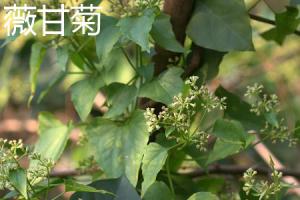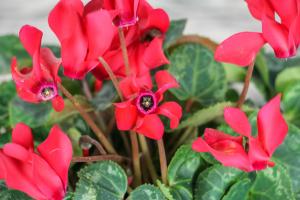1、 Soil
It is best to use loose and slightly acidic soil with strong drainage to cultivate Yemeni iron
2、 Illumination
Yemeni iron likes a semi shady growth environment. It should be placed in a place with astigmatism exposure and can not be in a dark environment for a long time. In addition, shading measures should be taken in summer. Do not be directly exposed to strong light, which may sunburn the leaves. If the light is insufficient, the leaves will turn yellow and the color will fade

3、 Watering
Don't water Yemeni iron too much. When watering, ensure that the water quality is clean and thoroughly. Generally, it is necessary to wait until the soil becomes dry before watering. If the amount of watering is too large, it will be prone to ponding and lead to rotten roots
4、 Fertilization
Organic fertilizer should be used for fertilization. Human manure and fully decomposed peanut bran can be used. The fertilizer should be mainly nitrogen, phosphorus and potassium fertilizer. One kind of fertilizer cannot be applied for a long time. It should be watered appropriately after fertilization

5、 Precautions
1. Pay attention to ventilation. It is best to keep the air humidity above 80 ℃
2. In order to ensure sufficient nutrients, the pots should be changed in time in spring. When changing the pots, the top branches and stems should be cut off in order to make the plants more ornamental


 jackfruit
jackfruit snake plant
snake plant hibiscus
hibiscus hydrangea
hydrangea lavender
lavender Green roses climb al...
Green roses climb al... If you don't pay att...
If you don't pay att... Management of four g...
Management of four g...































